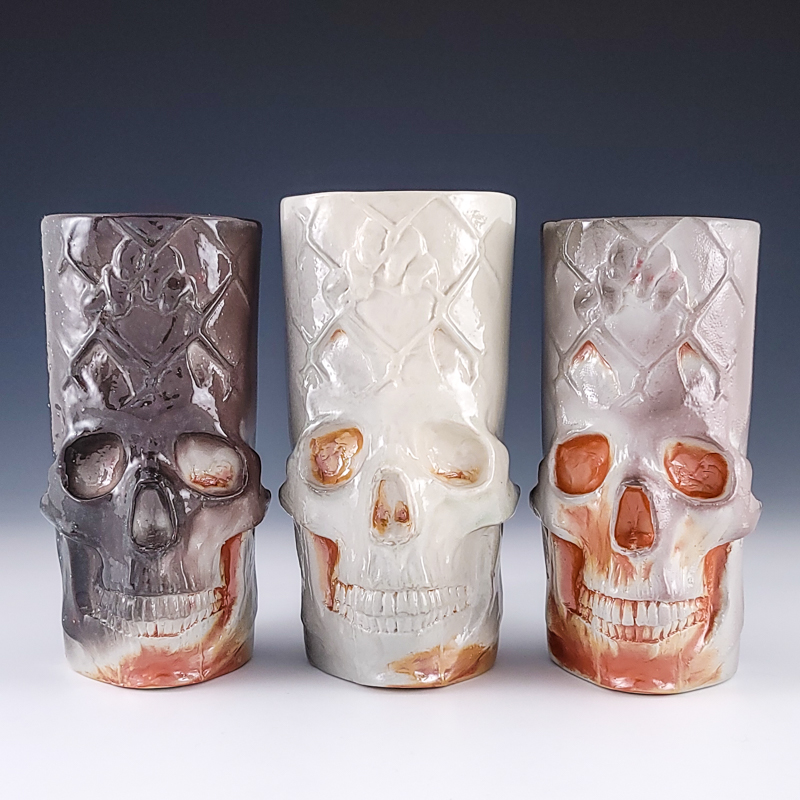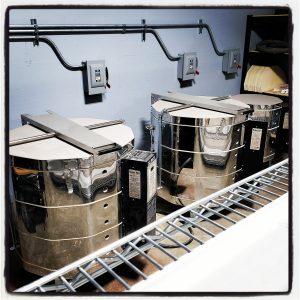CG: What can you tell us about your early years that informs your work today?
HC: I was raised in Mexico and raised Catholic. Growing up in a country where 95% of the population is Catholic, it’s not only a personal faith journey but a communal one. I grew up surrounded by beautiful churches on almost every block but the memories I have aren’t just about the church buildings, but the events associated with those churches. In La Parroquia de San Jose, my grandpa along with my dad and his brothers would help with the procession of the Eucharist on the feast of Corpus Christi, the whole neighborhood would gather to sing songs and pray as we walked around the block. In El Santuario del Señor we celebrate in April the feast of El Señor de la Misericordia, hundreds of people make a 76 km pilgrimage by foot to this church and thousands more come from all over to celebrate the feast in various ways. Essentially the whole town turns into one big party that lasts several days. The influence the Catholic church has had on me hasn’t just been a spiritual one but a cultural one, and those experiences drive my work.
CG: How did you get into ceramics? Could you articulate what it is about clay that drew you in?
HC: I didn’t have a declared major when I first entered college so for a couple of years, I just took basics and random classes that seemed interesting including art classes. I got into ceramics because it was just the next class on the list, but it was pretty much love at first touch. I hadn’t encountered a material that was as versatile as clay, a material that could bend to my will. Of course, it often felt like clay wanted to bend to its own will but the challenge to conceive what was in my mind’s eye was attractive along with its use for functional pottery.
CG: You are currently pursuing two (seemingly different) bodies of work. What insights can you give us into both of these series?
HC: The first series was the work I developed in graduate school after I was told my work was too generic (which I agreed with). After throwing so many different variations of forms and altering them and pulling hundreds of handles, at some point during the evolution I felt proud of what I was making. And even though evolution never stops I’m happy to continue making this series that I now think of as my corporal body of work. This work is typically wood or soda fired and references the body and the beauty of imperfection.
My current series is a spiritual body of work which references the soul or spirit. This work is more visibly religious, and although I consider my corpus series to also be spiritual, it is not as obvious. I’ll talk a little more about my spiritus series in the next question.
CG: In a previous conversation you described the impact of watching Notre Dame burn. How did that loss impact your current work?
HC: My goal has always been to glorify God with the work I make. While I do appreciate subtlety, I wanted to represent my faith more than just conceptually. I couldn’t help but remember a comment from my undergrad sculpture professor “religious art doesn’t sell, don’t make it”. But when I noticed the visceral reaction many had when Notre-Dame de Paris (Our Lady of Paris) burned, something clicked and I had a deep urge to make cathedral inspired work. It was inspiring to see people from different faith backgrounds from all over the world be affected by something that hit so close to home for me as a Catholic. Whether it was the recognition of the community that was being affected by this loss or recognizing the loss of art and architecture- society was affected on a higher level. Many people gravitate towards the ornate, the detailed, the decorative- and though I consider myself to be somewhat of a minimalist there is something to be said about the beauty of ornamentation.









